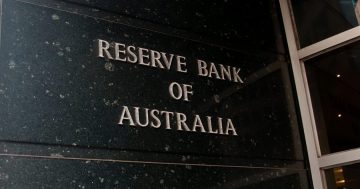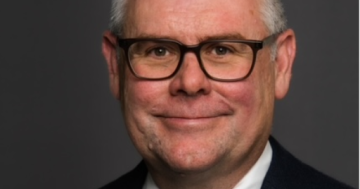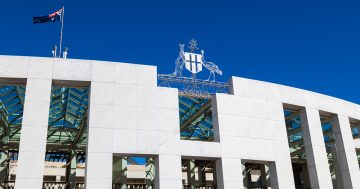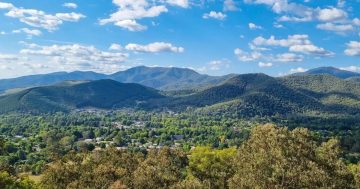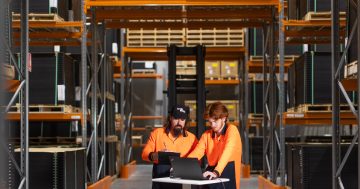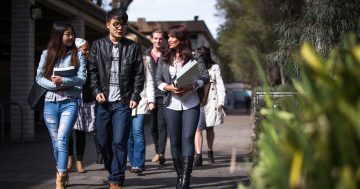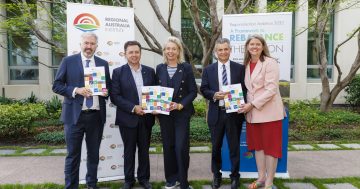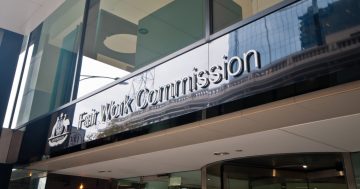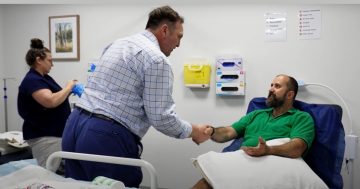Michael Janda and Sue Lannin* the unemployment rate has risen to its highest level since July.
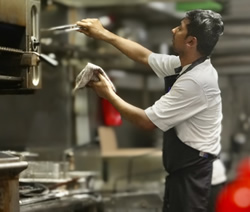 Unemployment is steady at 3.5 per cent, after November’s jobless rate was revised higher and on the back of an estimated 14,600 jobs being lost last month.
Unemployment is steady at 3.5 per cent, after November’s jobless rate was revised higher and on the back of an estimated 14,600 jobs being lost last month.
The decline in employed Australians might have pushed the jobless rate higher, but for a fall in the proportion of people in work or looking for it, according to the Australian Bureau of Statistics.
Australia’s so-called participation rate dropped from an historic high of 66.8 per cent back to 66.6 per cent, as some people dropped out of looking for work.
Hours worked also declined by 0.5 per cent, in part due to the continued high level of absences due to COVID-19.
“In December, we saw the number of people working reduced hours due to illness increasing by 86,000, to 606,000, which is [more than] 50 per cent higher than we would usually see at this time of the year,” the bureau’s head of labour statistics, Lauren Ford, said.
However, a rise in the underemployment rate to its highest level since July (6.1 per cent) was an indication this was not solely down to sick leave.
The number caught markets off guard, causing the Australian dollar to lose about a third of a cent to 69.13 US cents, as traders bet it would see the Reserve Bank ease back on interest rate rises.
Economists had generally expected unemployment to come in at 3.4 per cent, with the creation of around 22,500 jobs in December, according to a survey by Reuters.
Marcel Thieliant from Capital Economics says that the 3.4 per cent jobless rate recorded in October will be the low point for unemployment.
“The labour market struggled in December and it won’t be long before unemployment starts to rise in earnest,” he wrote in a note.
“Looking ahead, employment surveys remain consistent with jobs growth of around 20,000 per month.
However, the labour force has been rising more rapidly than over the last few months that as net migration has hit record highs.
“Indeed, job vacancies have fallen for two consecutive quarters, while skilled vacancies have fallen by around 10 per cent from their peak in June.
“Those figures are consistent with the unemployment rate soon rising, to around 3.7 per cent, and we expect it to reach 5.0 per cent by the end of next year.”
However, ANZ senior economist Catherine Birch is far more upbeat, expecting unemployment to stay in the “mid-threes” all year, pointing to the more than 440,000 job vacancies that still remained in the most recent data.
“Recovery in migration will help with matching people to jobs, especially those highly skilled, highly experienced people [who] we need to go into these specific jobs,” she told ABC News Channel.
“When people arrive in Australia, not only do they add to the supply of workers but they also need to buy their own goods and services and housing and transport and all these sorts of things, so they add to the demand side as well.”
Hospitality boom still needs staff
Hotel, bar and restaurant operator Solotel is contributing to those vacancy figures.
The company’s chief executive, Elliot Solomon, said the company generally had around 30-50 vacancies open across its portfolio of 26 venues in Sydney and Brisbane, which employ about 1,600 people.
However, he said, the return of workers from overseas had made a big difference in finding staff.
“It’s been pretty challenging for the last couple of years since the pandemic, but I would say in the last six months it’s become quite a lot easier,” he told ABC News.
“Before the pandemic, we were running around 35 per cent of our workforce being on visas.
“Obviously, the majority of those left during the pandemic.
“Since [borders] reopening in the last few months, we’ve actually seen that number spike to about 50 per cent of our workforce.
“I think that’s got to do with summer and working holiday visas.
“So I imagine that will drop down again.”
UK national Kieran Finney is one of those workers on short-term visa, although he is hoping to be sponsored by Solotel so that he can stay in Australia long-term.
“It’s Sydney’s most iconic bar.
“I’ve got a view of the Harbour Bridge from my office.
“Worse places to be!” he said.
He found it easy to get a job in the industry and Opera Bar gave him training.
“A lot of my friends were working in and around hospitality.
“They just kind of said, ‘Come on in’.
“Had a trial shift and then, yeah, picked it up.”
However, there have been plenty of job vacancies for existing Australian residents too.
Bailey Linton-Simpkins was able to pick and choose among potential hospitality employers.
“I was looking for about a week after I finished high school, and I had trial shifts at different places,” he told ABC News.
“But, after having almost four years of experience by them, I knew what I wanted, and I said no to a couple of places that weren’t exactly what felt right.”
Mr Solomon says the jobs market will remain strong in hospitality, even if the economy slows, and his company has been offering incentives — such as sign-on and referral bonuses as well as increased staff discounts — to attract and retain workers.
“What we found as a company is that, during an economic downturn, while people may go out a little bit less, they still go out, because they still want to socialise, they still want to have fun,” he said.
“They might just reduce the number of times they go out.”
*Michael Janda is the ABC’s Online Business Reporter. Sue Lannin is an ABC News Business presenter and reporter.
This article first appeared at abc.net.au


